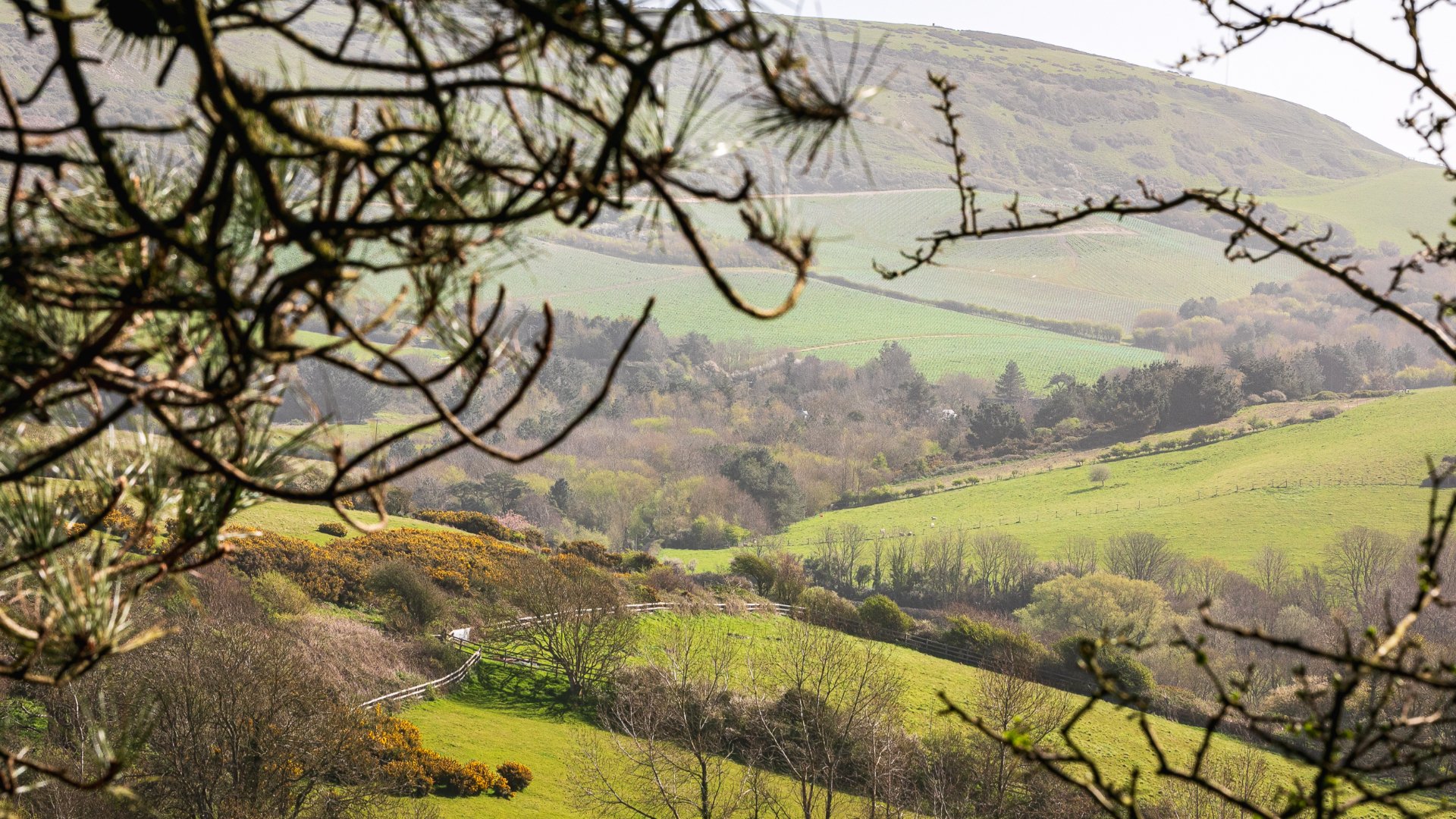Pete Johnstone’s latest in the series about West Wight People and Place features a walk and talk with John Osborn through Grammar’s Common. You can read his blog in full on the Isle of Wight Biosphere website, but we’ve also summarised it below. Pete also shared his photos from the encounter. Ed
John Osborn’s connection to Grammar’s Common began with an unexpected Christmas surprise. In 2018, his father, Geoffrey, purchased the lease for the woodland, unveiling the Bill of Sale to his family on Christmas morning.
“It was news to all of us and came as a bit of a shock,” John explained. Geoffrey had always wanted to own a woodland and hoped to create special family memories there. Sadly, he passed away in January 2022, leaving the lease to John’s mother. Geoffrey only visited the woodland once, but was captivated by its charm, especially the Black Barrow.
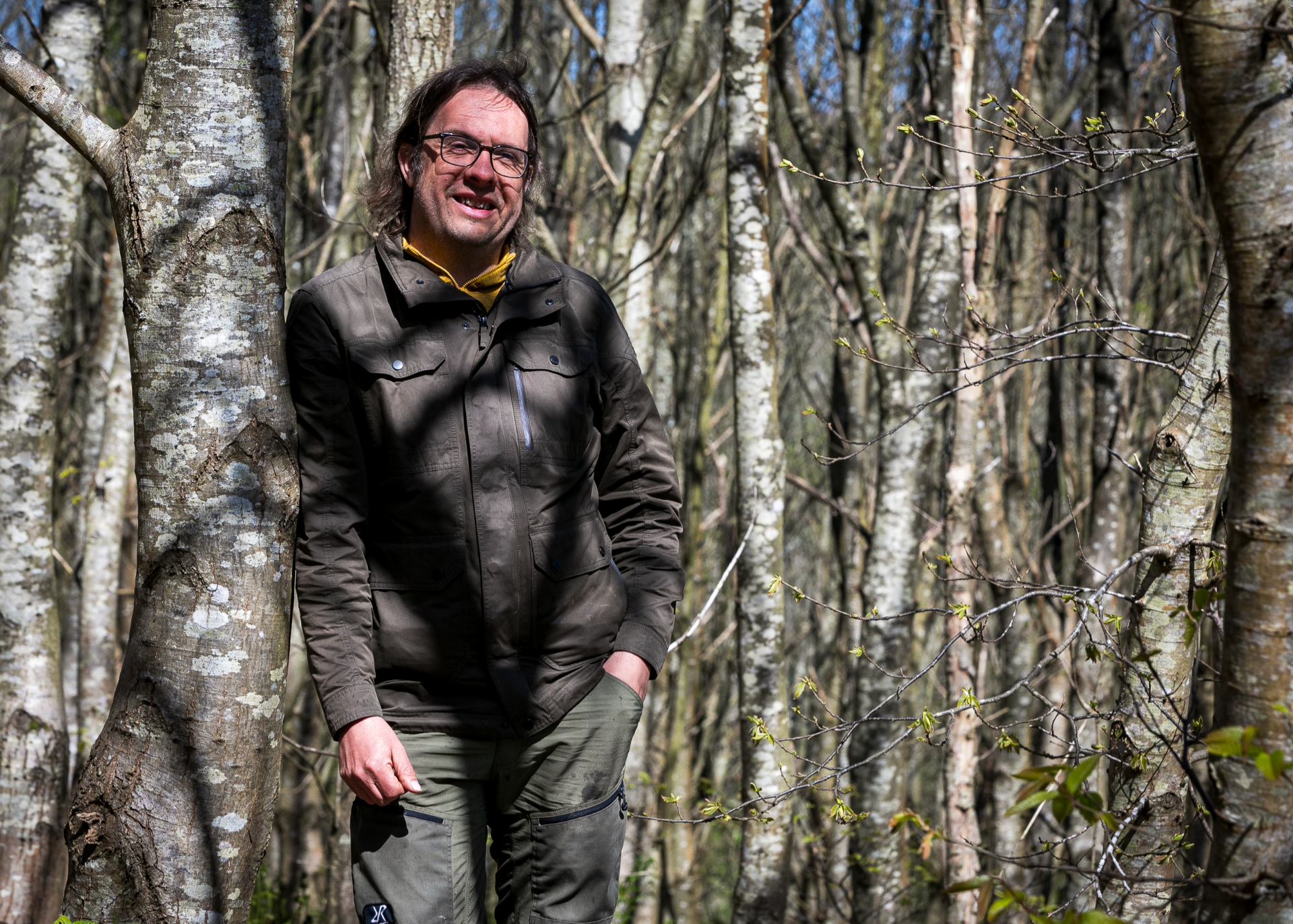
John, who lives in London, shared,
“I’ve always wanted to do this kind of conservation work, but never found the chance.
“Out of the blue, my dad provided the opportunity.”
Exploring the common
Grammar’s Common, located near Brighstone village, is intersected by a public footpath leading to the National Trust-owned downland and the ancient Longstone. However, with John’s permission, visitors can explore beyond the path to discover the site’s hidden treasures, such as the Black Barrow.
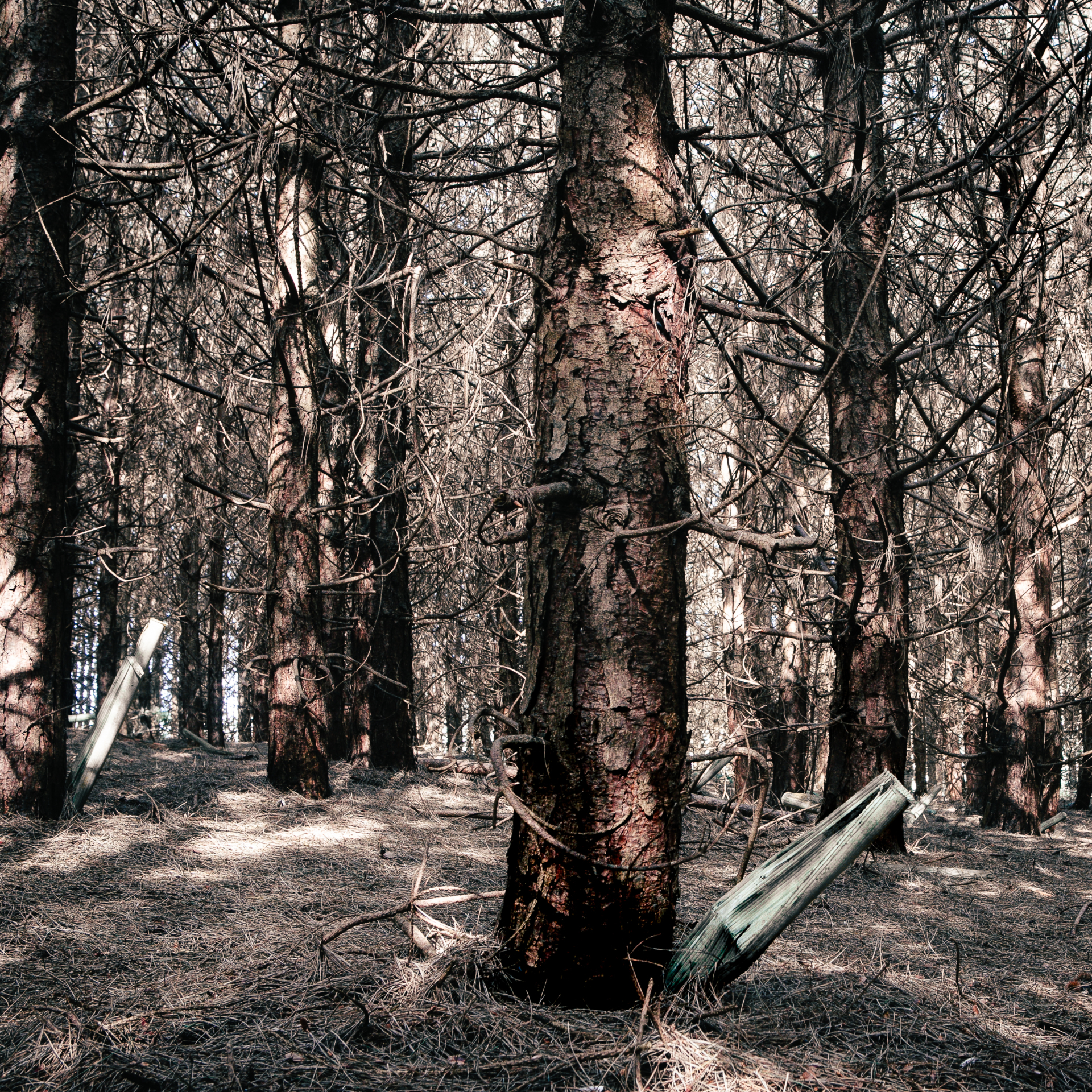
The dense pine plantation covering much of the woodland poses challenges due to its lack of management. John, a professional tree surgeon, recognises the need for careful planning.
The tightly packed trees are suffering from insufficient light, John explained.
“The gradual thinning out of the pine plantation is one of the many tasks that needs to be tackled over the next few years.”
A glimpse into history
At the heart of Grammar’s Common is the Black Barrow, a scheduled ancient monument believed to date back to the Bronze Age. It is one of the largest barrows on the Isle of Wight and among the few situated on greensand. The barrow’s historical significance requires protection under Historic England’s guidance.
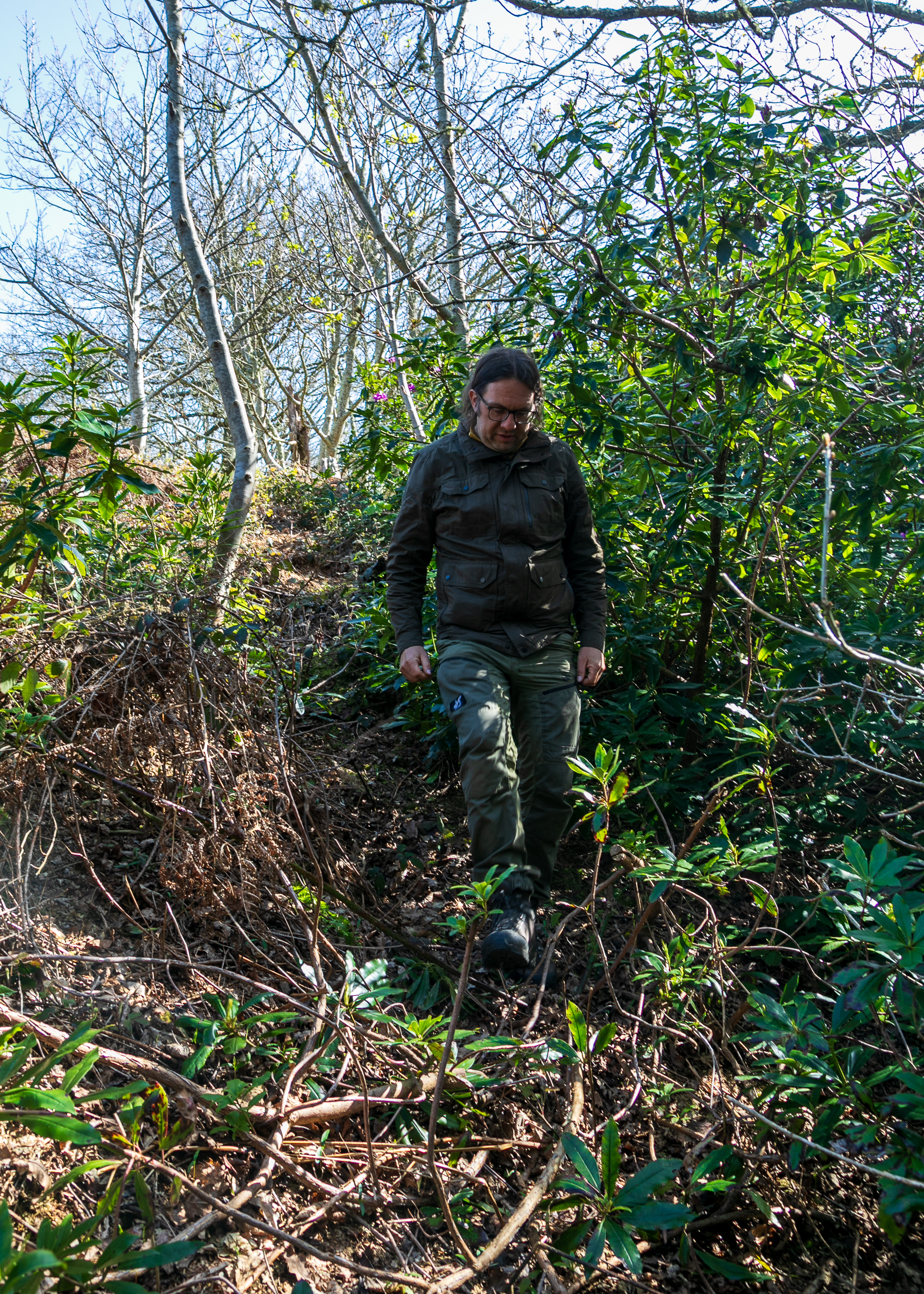
Further away from the barrow lies a sweet chestnut plantation, which John sees as a potential resource for local use. He envisions transforming the woodland into a productive, yet environmentally sensitive space, aligning with its status within the Island’s National Landscape.
Enhancing wildlife and community involvement
John has already begun creating a more diverse environment by widening the public footpath and adding glades to attract butterflies. Some trees, especially the older ones, provide valuable habitats for red squirrels, beetles and other wildlife.
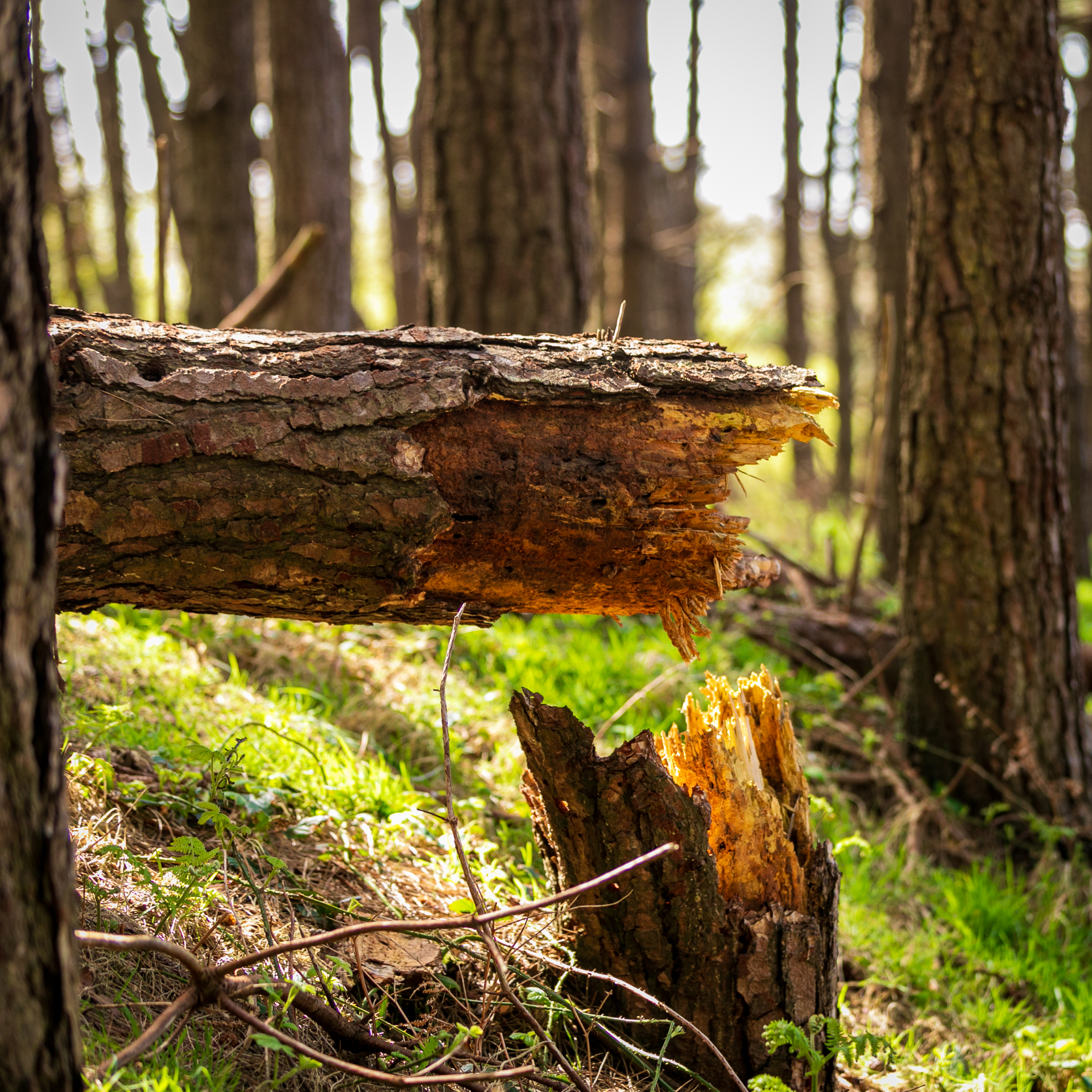
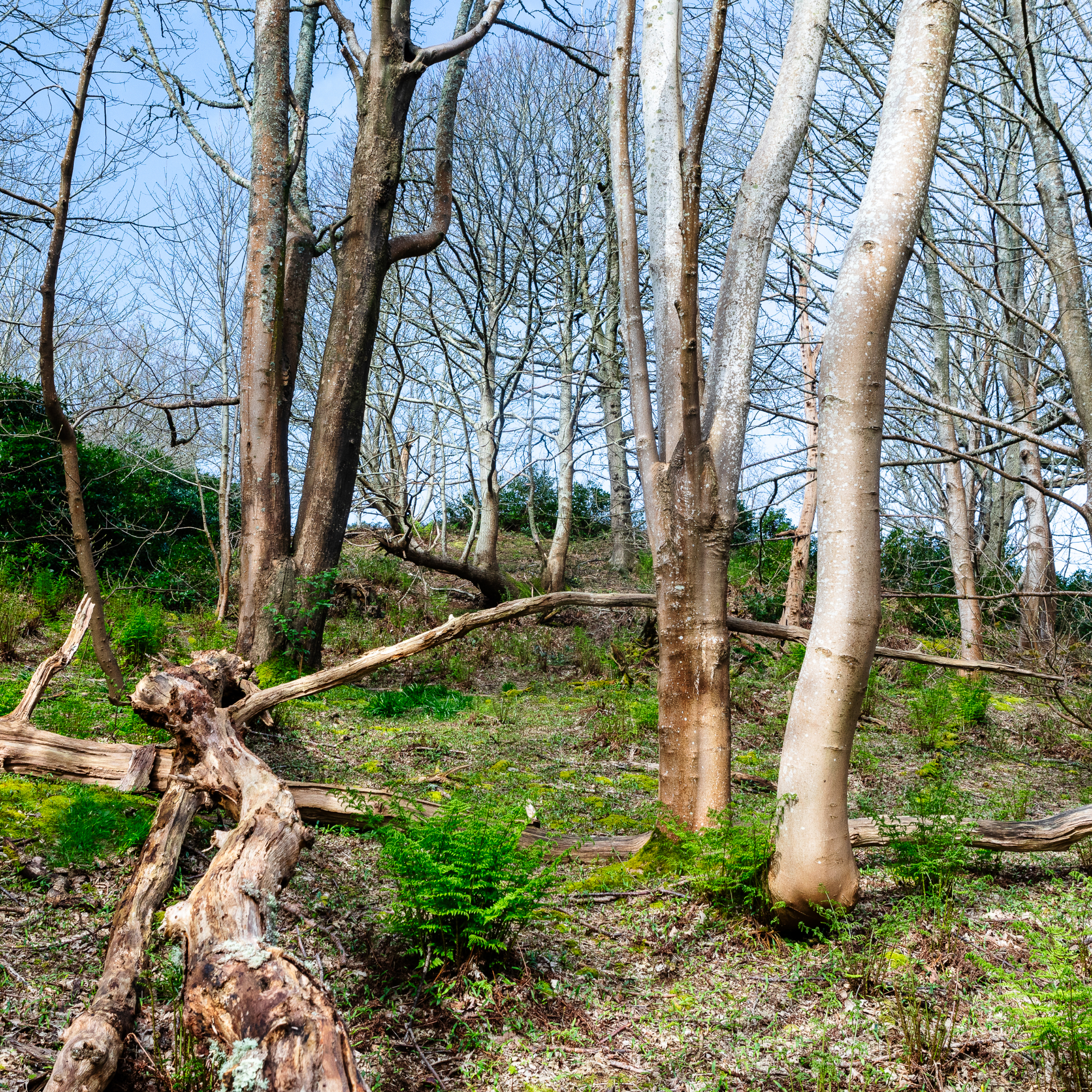
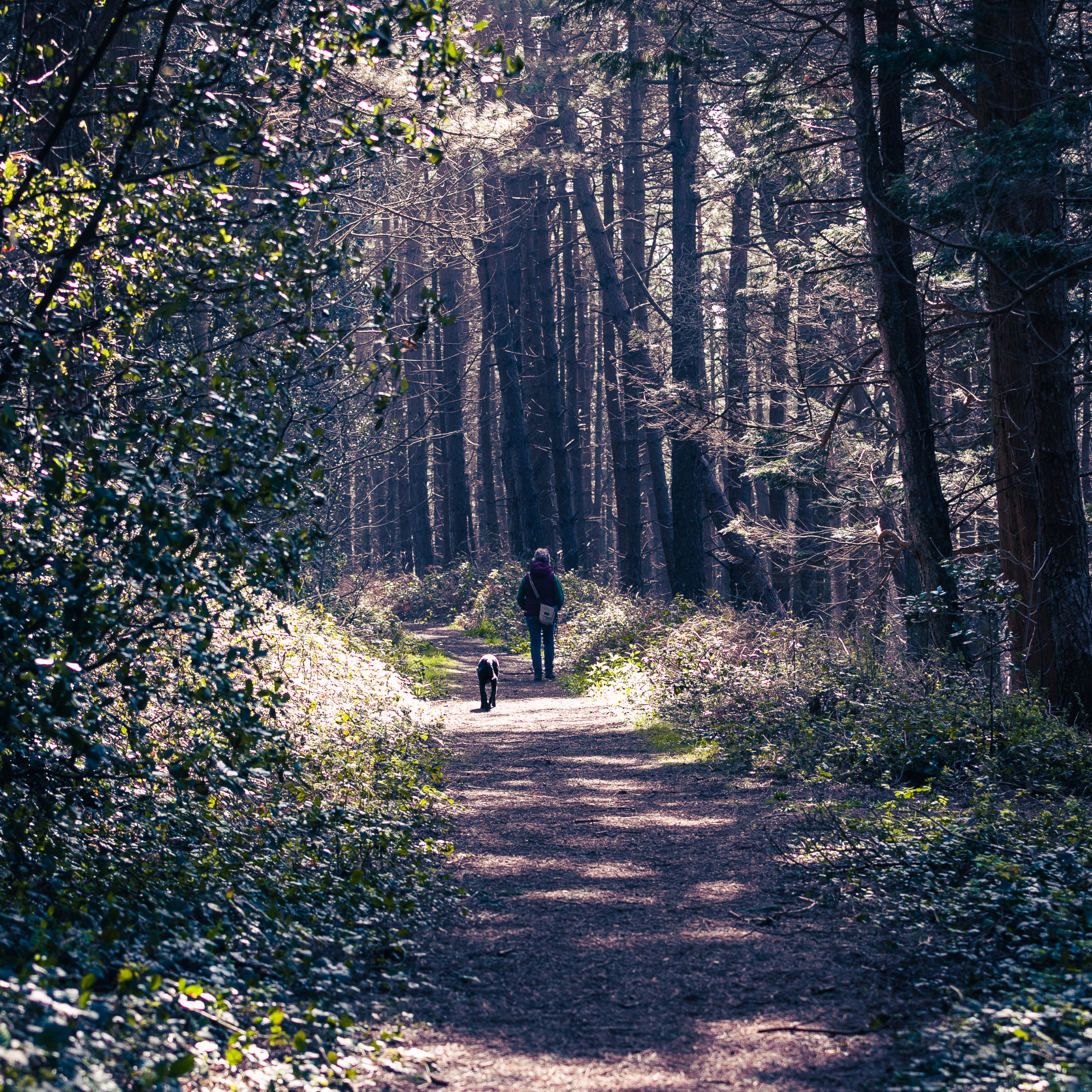
The community has appreciated his efforts, particularly the new seat he installed near the gate at the top of the hill. John welcomes collaboration with local wildlife enthusiasts to monitor biodiversity and is keen to learn about Grammar’s Common’s folklore and history. Stories suggest the barrow may be linked to King Arwald, the Isle of Wight’s last king and Britain’s final pagan ruler.
Preserving peace and history
The origin of the name “Grammar” remains uncertain, with historical maps referring to it as “Jeffrey’s Common” in 1815. Despite its mysteries, John cherishes the woodland’s tranquillity, beauty, and historical depth.
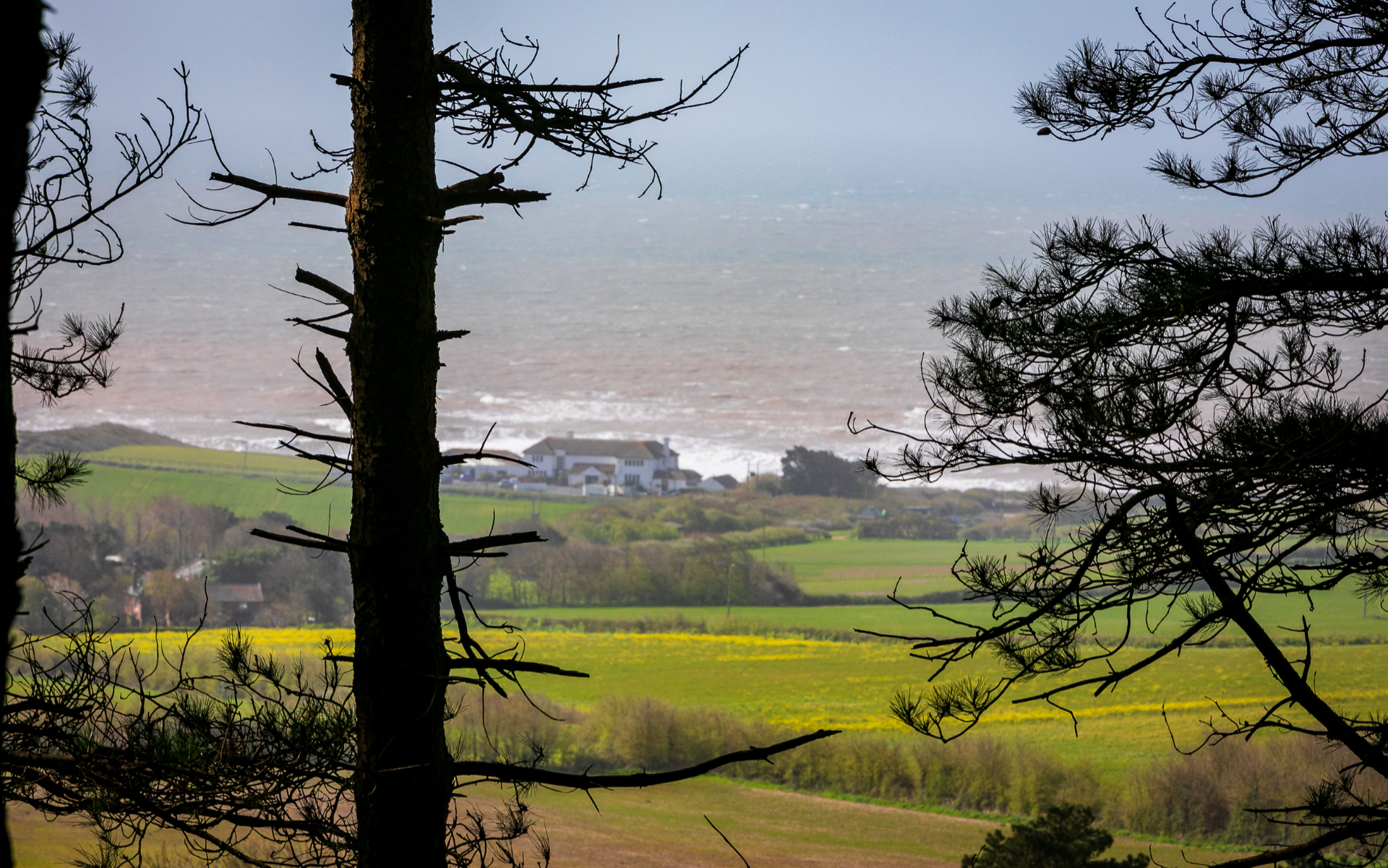
He said,
“I love the place for its peace and quiet, its natural beauty, and the feeling that it is steeped in history.”
Honouring his father’s dream, John looks forward to creating cherished family memories at Grammar’s Common while ensuring its rich heritage is preserved for future generations.
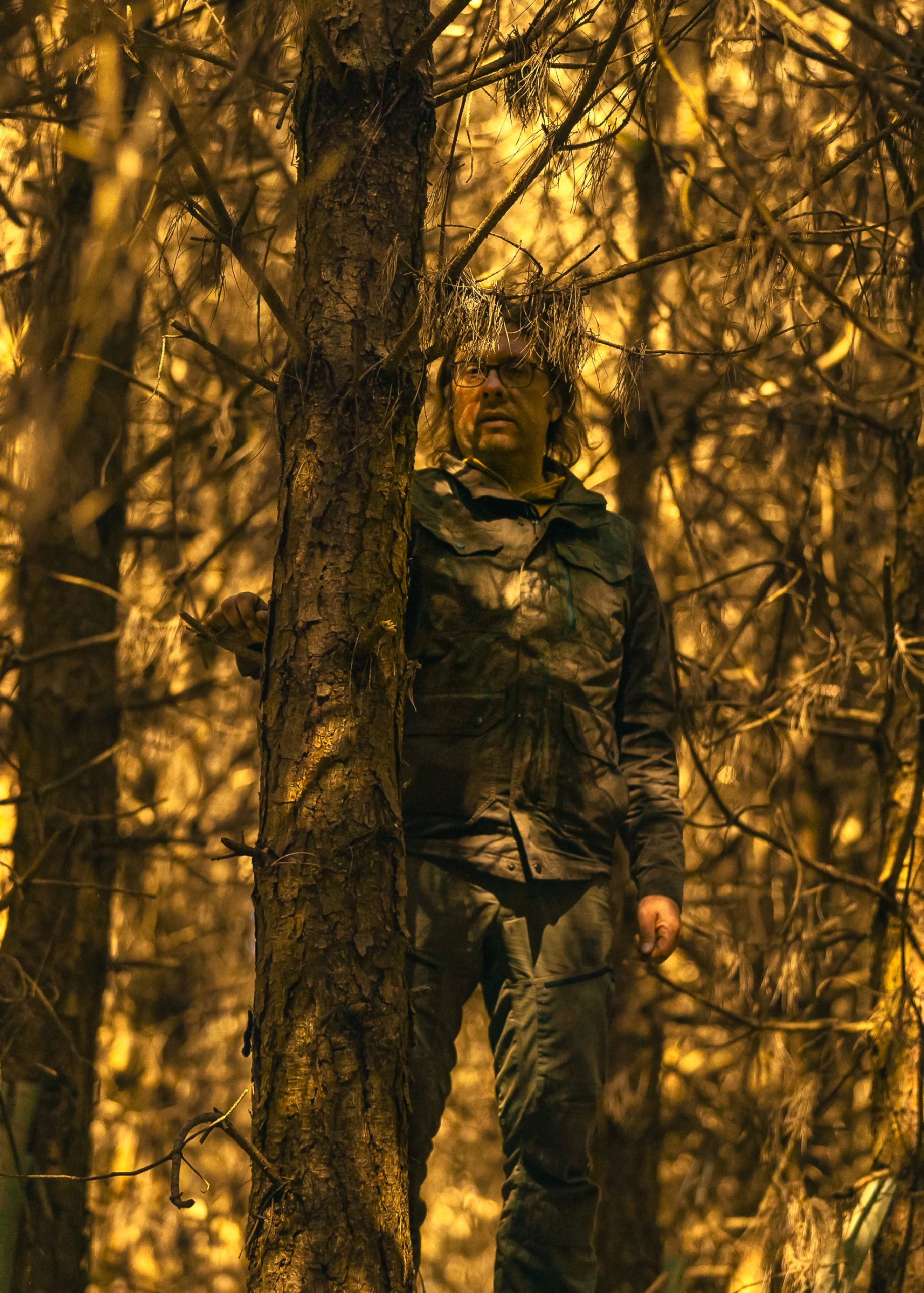
You can read Pete’s full article on the Isle of Wight Biosphere website, along with others he has published about West Wight People and Place.

